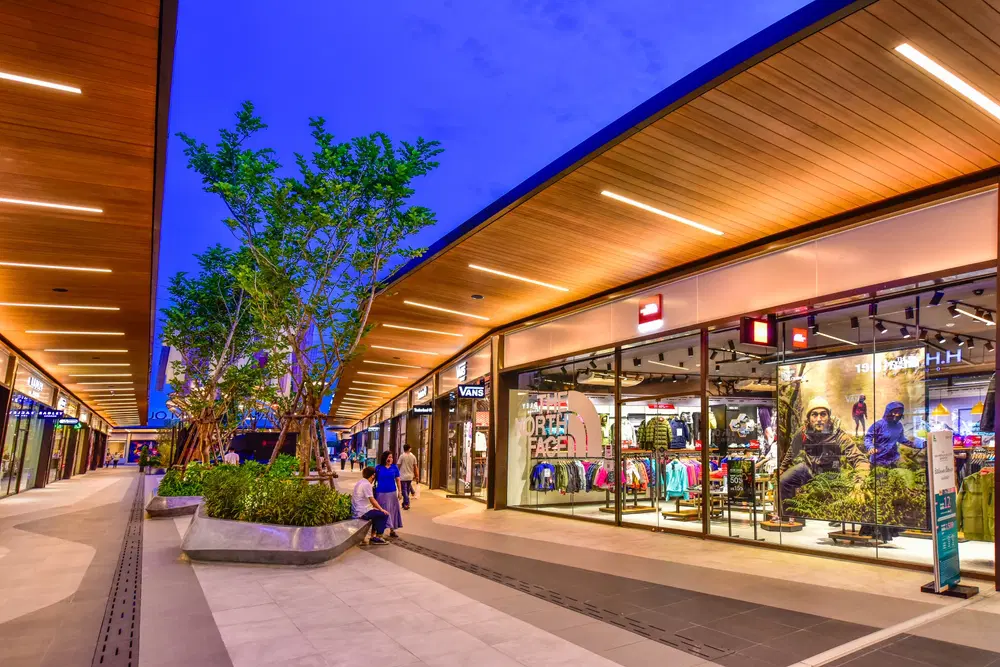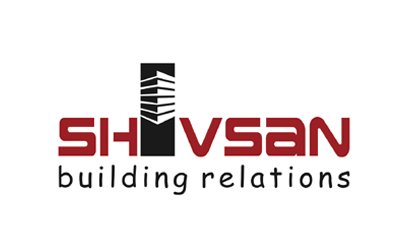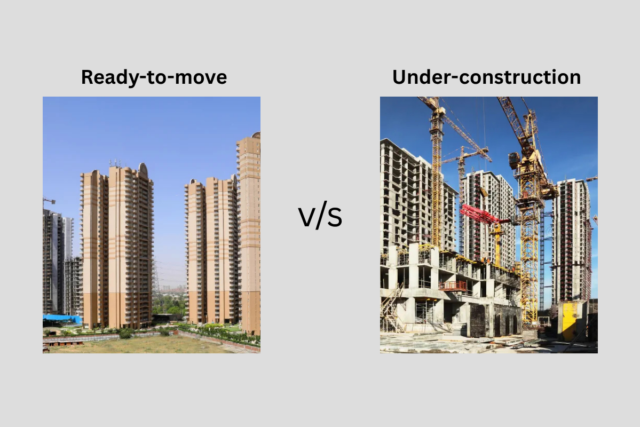
Retail real estate continues to attract investors looking for stable income and solid returns. Owning retail property can provide a reliable revenue stream and long-term growth potential, but it isn’t without its challenges. If you’re thinking about investing in retail real estate, it’s important to understand both the opportunities and the risks before making a move.
This article explores the major benefits of retail real estate, along with the risks of retail real estate, to help you decide whether this investment aligns with your goals.
Why Investors Choose Retail Real Estate
1. Steady and Predictable Income
One of the biggest reasons people are drawn to investing in retail real estate is the steady rental income it can generate. Unlike residential leases, which might last just a year or two, retail tenants often sign longer leases—sometimes ten years or more. This means you can count on a consistent flow of income over a long period, making it a great choice for investors seeking financial stability.
2. Higher Returns Compared to Other Assets
Retail properties tend to deliver higher returns than many other types of real estate. Well-located shops or shopping centers often command premium rents because of their visibility and accessibility. For investors, this means an opportunity to earn better yields compared to residential or even some office properties.
3. Triple Net Leases Reduce Expenses
Many retail tenants agree to what’s called a triple net (NNN) lease. In this arrangement, the tenant pays not just rent but also property taxes, insurance, and maintenance. For landlords, this translates into lower ongoing expenses and less hassle managing the property. This is another factor that makes investing in retail real estate appealing for those looking for a more passive investment.
4. Tangible Asset with Potential for Growth
When you invest in retail property, you own a tangible, physical asset—often in a prime, high-traffic location. Over time, such properties tend to appreciate in value, especially if the area around them develops further. Renovating or repositioning the property, or bringing in a stronger tenant mix, can also enhance its worth.
Risks You Should Be Aware Of
While the benefits of retail real estate are attractive, it’s equally important to recognize the risks.
1. Changing Shopping Habits
Perhaps the most significant risk of retail real estate today is the shift in consumer behavior. As more people shop online, demand for traditional retail spaces has been affected. Some sectors—like apparel or electronics—have been hit harder than others, while experiential businesses such as restaurants or fitness studios tend to fare better. Understanding these trends is key before choosing where and what to invest in.
2. Vacancies and Tenant Turnover
Long leases can protect your income, but if a tenant goes out of business or fails to pay, finding a replacement can take time and cost money. Vacant retail space in the wrong location may sit empty for months, reducing your returns and adding pressure to your cash flow.
3. Large Initial Investment
Buying retail property usually requires more upfront capital than residential or small-scale commercial investments. Beyond the purchase price, you may also need to invest in improvements or marketing to attract quality tenants. This can be a barrier for smaller investors.
4. Location Risks
Success in retail real estate is highly dependent on location. Even a high-quality property can struggle if it’s in a declining area with reduced foot traffic. Conversely, a modest property in a busy, growing neighborhood can perform exceptionally well. Choosing the right location is critical to minimize this risk of retail real estate.
Making an Informed Decision
Before you jump into investing in retail real estate, weigh the advantages and challenges carefully. The benefits of retail real estate, such as reliable income, long-term appreciation, and tax advantages, make it an attractive option for many investors. But the risks of retail real estate—like vacancies, changing retail trends, and location dependency—require diligence and strategic planning.
Working with experienced professionals, researching the market, and understanding tenant needs can help you navigate this investment successfully.
Conclusion
Retail real estate remains a viable and potentially rewarding investment if approached with insight and caution. By understanding the pro’s and con’s of investing in retail real estate, you can decide whether it’s the right addition to your portfolio and make choices that align with your long-term goals.
Read more: Real Estate Investment vs Index Funds: Which is Better for You?




Leave a Reply